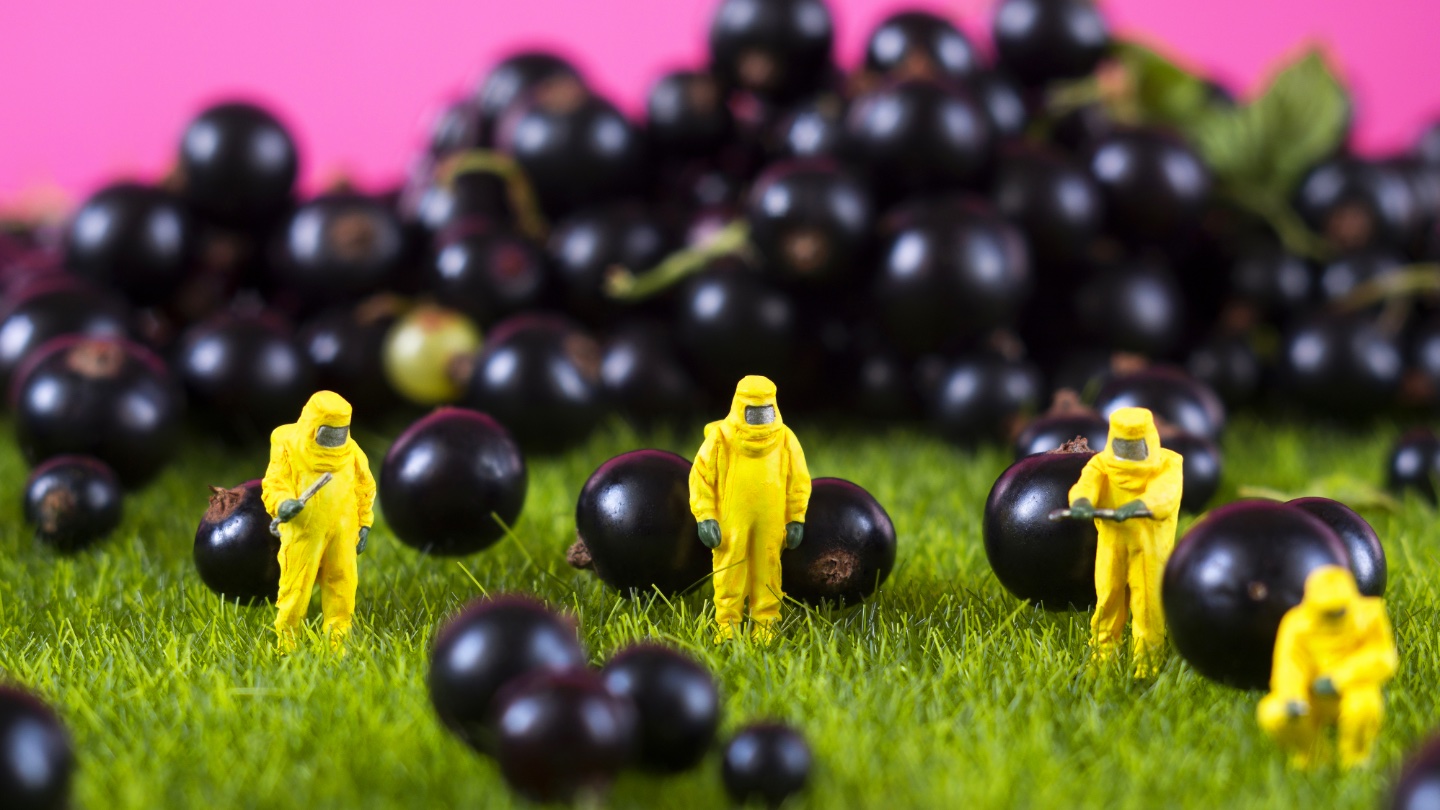New Report Claims GMOs are Safe, But Not Magical

The National Academy of Sciences, one of the most prestigious sources of scientific inquiry, announced in a new report that genetically modified organisms (GMOs) are safe to eat. The report also says that there is no proven effect to plants and animals on farms with GMOs. These findings have angered several advocacy groups such as Food and Water Watch who say that the committee has too many ties to the biotechnology industry to be impartial.
Despite the criticism of bias, it is intriguing to note that the report itself isn’t all glowing. In addition to saying that GMOs are safe for human consumption, the National Academy of Sciences also reported that the benefits of GMOs are overrated. Interestingly, they allocated more space within their report to the social and economic consequences of GMOs than they have in the past.
In general, the main arguments in favor of GMOs have been that they increase agricultural productivity and reduce the need for intensive pesticide use. However, it appears that crop yields were already on the rise before GMOs were introduced, and therefore it’s hard to attribute the rise to their use. Additionally, while it does seem that GMOs can allow farmers not to use high quantities of pesticides initially, the effect may be temporary, functioning only until bugs develop resistance.
An even bigger question looms in the background of the ones brought up through the report, which is how do we even define what a GMO is? Contrary to popular belief, the standard definition for GMOs doesn’t preclude all DNA manipulation. Moving genes between species, known as transgenesis, is the standard way that GMOs are identified in U.S. policy. But that leaves the waters a little murky when scientists do things such as turn off a gene or engage in “gene editing.”
The standard definition also leaves out “mutagenesis,” which is when radiation or chemicals are used to scramble or modify genes. Mutagenesis is generally believed to have more unintended consequences than transgenesis, make it a suspect process for many. It’s tough to find a more expansive definition for GMOs that would include what the general public considers to fall in the category. As science evolves, however, that may be just what is needed.
—
Header Image: Scott Barbour / Staff (Getty Images)




